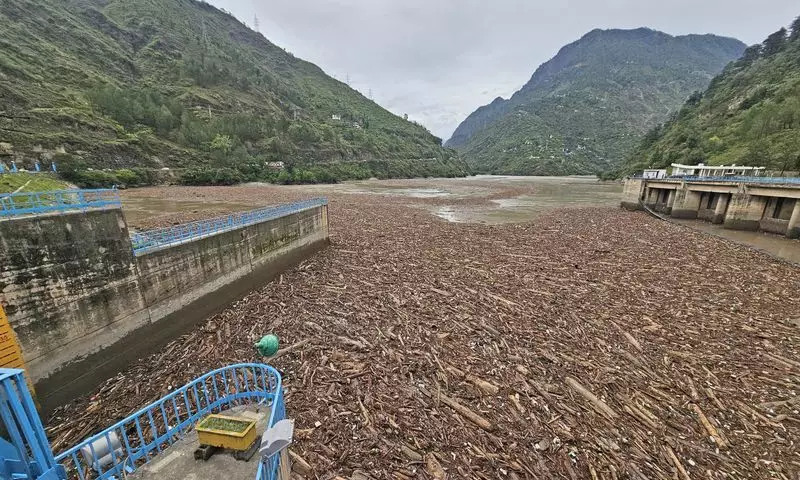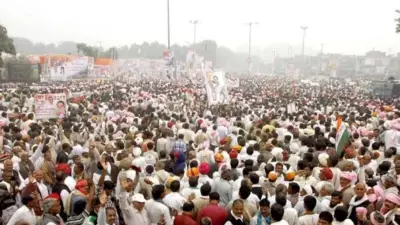
The picturesque hills of Himachal Pradesh are witnessing an unprecedented environmental crisis. What authorities are quick to label as a "natural disaster" might actually be a man-made catastrophe waiting to happen. Recent devastating floods have exposed the fragile state of the Himalayan ecosystem, raising urgent questions about the role of rampant deforestation in amplifying nature's fury.
The Unseen Connection: How Tree Loss Worsens Flood Impact
Environmental experts and local communities are pointing fingers at systematic tree felling across the state. The extensive loss of forest cover has severely compromised the natural drainage systems that once absorbed excess rainfall. Without the intricate root networks that act as nature's sponges, rainwater now flows unchecked down slopes, carrying massive amounts of debris and causing widespread destruction.
The statistics are alarming: Himachal Pradesh has lost significant forest cover over the past decade, with many areas showing deforestation rates that exceed national averages. This environmental degradation has created a perfect storm scenario where heavy rainfall, once manageable, now translates into catastrophic flooding.
Infrastructure Boom vs Environmental Balance
The state's rapid development push has come at a heavy environmental cost. Massive infrastructure projects, including:
- Road widening initiatives
- Hydroelectric power projects
- Tourism infrastructure expansion
- Urban development in ecologically sensitive zones
have all contributed to the systematic destruction of forest cover. The delicate balance between development and environmental conservation has been severely disrupted, with catastrophic consequences now becoming apparent.
Climate Change Amplifies Human Errors
While climate change has undoubtedly contributed to extreme weather patterns, the extent of damage in Himachal Pradesh reveals how human activities have multiplied the impact. The combination of:
- Reduced forest cover
- Unscientific construction practices
- Encroachment on riverbeds and floodplains
- Poor drainage planning
has created a scenario where even moderate rainfall now triggers major disasters. The very infrastructure meant to boost the state's economy has become its vulnerability point during natural calamities.
The Way Forward: Urgent Measures Needed
Environmental activists and experts are calling for immediate action, including:
- Strict enforcement of forest conservation laws
- Scientific assessment of carrying capacity in hill stations
- Eco-friendly infrastructure development
- Massive afforestation drives
- Community-based disaster management systems
The time for blame games is over. What Himachal Pradesh needs is a comprehensive environmental restoration plan that prioritizes ecological balance over unchecked development. The recent disasters serve as a stark warning – if we don't change our approach, the consequences will only become more severe.
The beautiful hills of Himachal are crying for help. The question remains: will we listen before it's too late?





